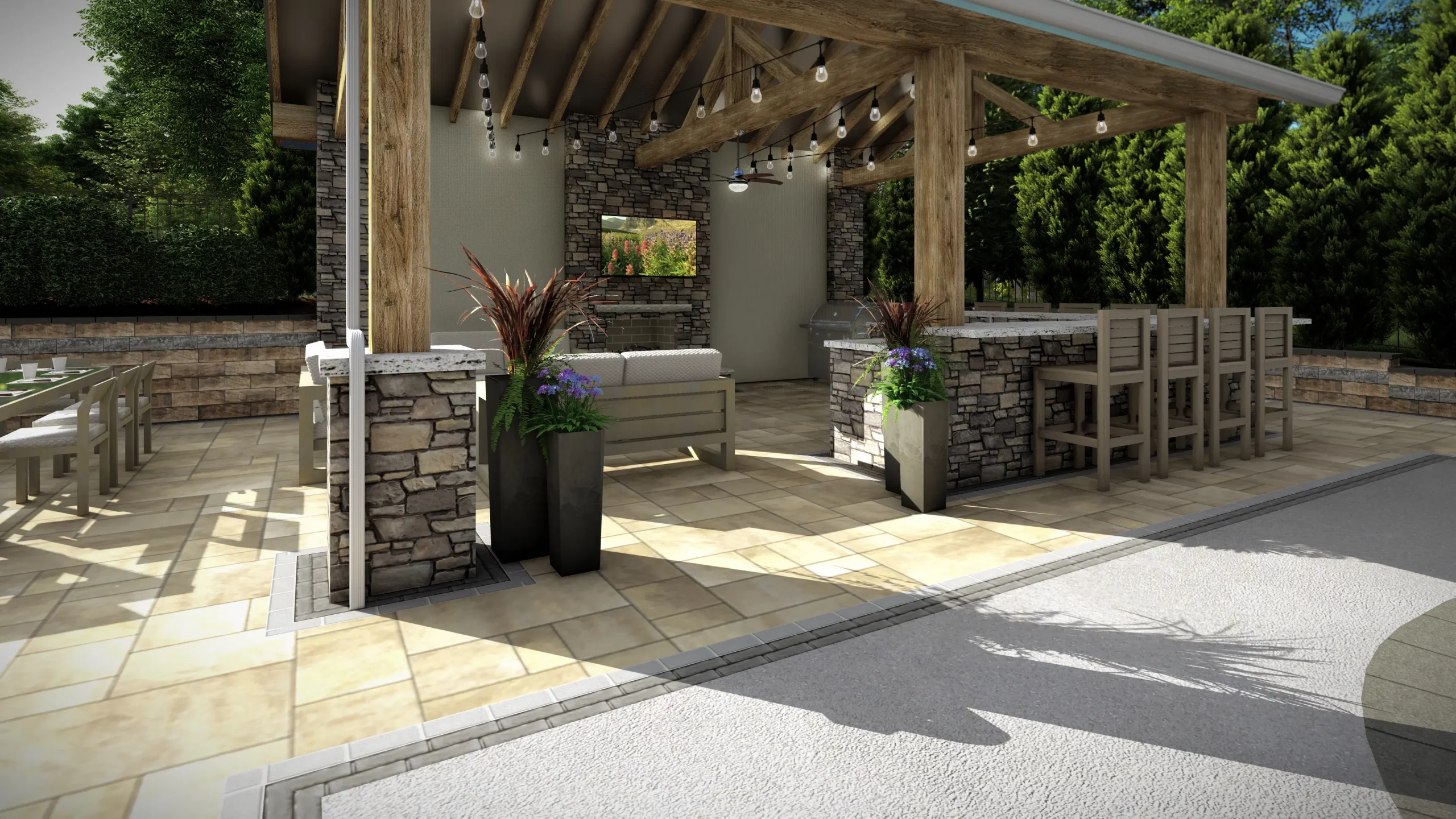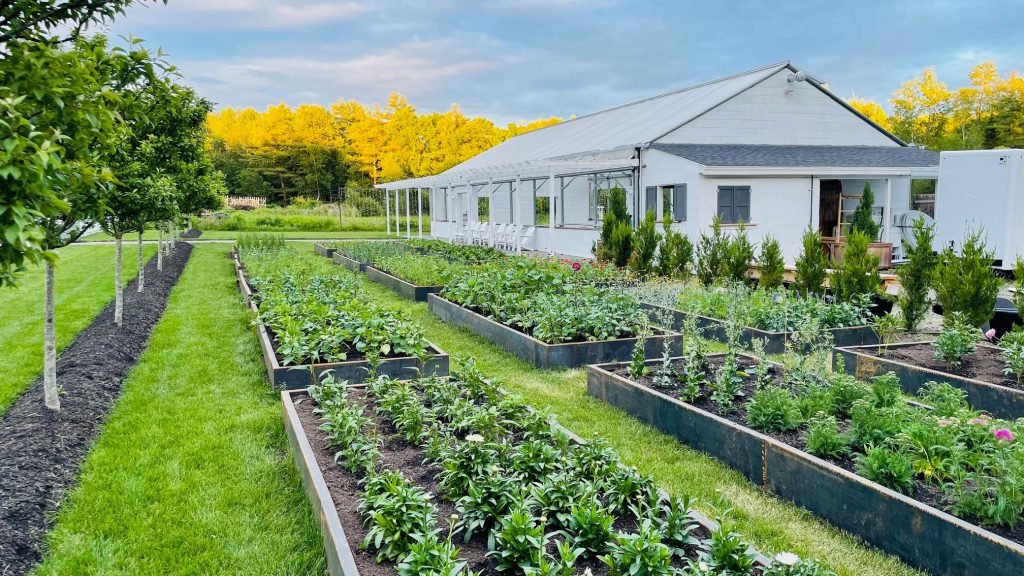
Corten steel, also known as weathering steel, is a material that has found its place in various industries, from industrial applications to landscape design and modern architecture. Its unique rust-like appearance, combined with its durability, has made it an increasingly popular material in design and construction. But where did Corten steel come from, and how did it evolve into the versatile material it is today? Let’s explore the intriguing history of this iconic metal.
The Origins of Corten Steel: The Industrial Era
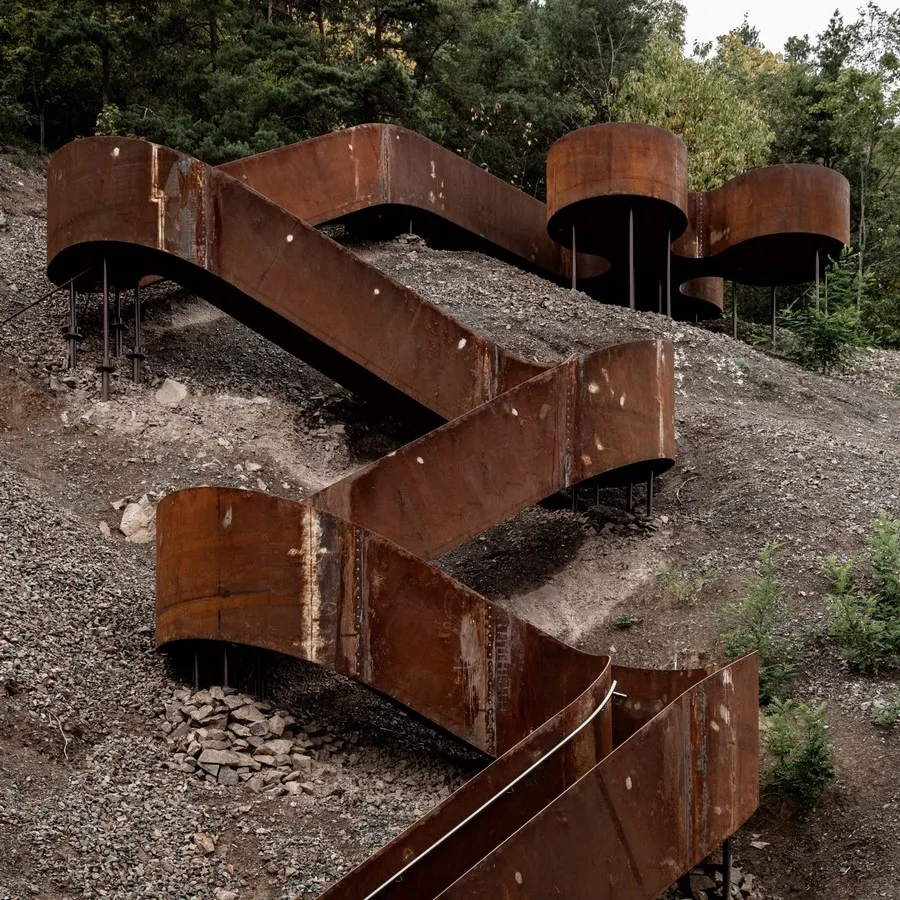
The story of Corten steel begins in the 1930s when U.S. Steel Corporation developed a type of steel that could naturally resist the elements. Originally named COR-TEN, this material was designed to offer CORrosion resistance and TENsile strength, hence its distinctive name. Engineers were searching for materials that could withstand harsh weather conditions and reduce the need for maintenance, particularly in industrial and infrastructure projects.
Corten steel was initially used for railcars, bridges, and other large-scale industrial applications. Its self-protecting rust layer made it particularly attractive for projects that required longevity and minimal upkeep. Unlike traditional steel, which corrodes and weakens over time, Corten steel forms a stable layer of rust that acts as a protective barrier, preventing further deterioration.
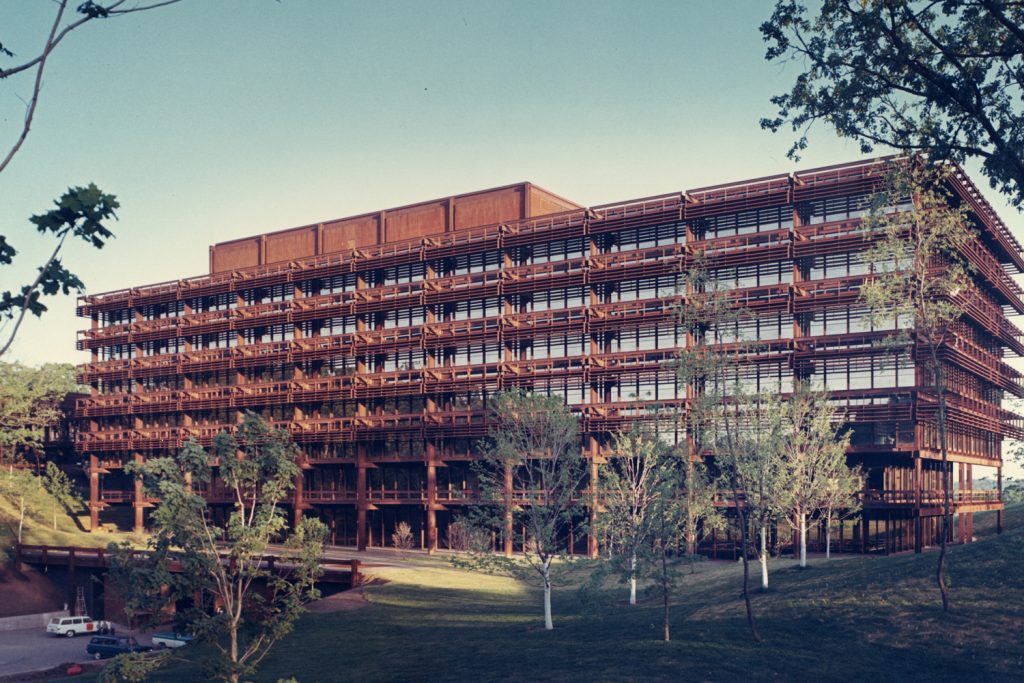
Corten Steel in Architecture: A Bold Statement
While Corten steel was born in the industrial world, its potential as a design material was soon realized by architects and artists. The material first caught the attention of the architecture world in the mid-20th century, particularly during the rise of modernist and brutalist movements. Architects began to appreciate the raw, rugged look of Corten steel, which contrasted sharply with the clean lines and smooth surfaces typical of modern architecture.
One of the most famous early uses of Corten steel in architecture is the John Deere World Headquarters in Moline, Illinois, designed by Eero Saarinen in 1964. The building’s striking façade, with its deep reddish-brown hue, allowed the structure to blend into its natural surroundings, while its strength and durability made it a practical choice.
Since then, Corten steel has become a favored material for a variety of architectural projects, from urban sculptures to residential facades. It offers a distinctive aesthetic that evolves over time, deepening in color as it weathers. This dynamic quality gives Corten steel a timeless appeal, making it a popular choice for both modern and rustic designs.
Corten Steel in Landscape Design: Function Meets Beauty
Corten steel has also made a name for itself in landscape design, where its industrial origins meet the organic beauty of natural landscapes. Its weathered patina complements the colors and textures of plants, stone, and wood, making it an ideal choice for outdoor use.
In particular, Corten steel is commonly used for garden edging, planters, and retaining walls. Its durability and ability to develop a protective layer that prevents further corrosion make it ideal for harsh outdoor environments. Moreover, its earthy tones allow it to integrate seamlessly into gardens and outdoor spaces, offering a natural contrast to greenery while maintaining a modern, clean appearance. We personally love designing and installing Corten water features. The weathering steel develops its’ rusty character as a protectant from the flow of water and looks gorgeous under the gleam of the water.
Many landscape architects appreciate Corten steel for its low-maintenance qualities. It doesn’t require painting or treatment and only improves in appearance as it weathers. Today, it’s a go-to material for those looking to create a modern yet natural look in their outdoor spaces.
The Sustainability of Corten Steel
Corten steel is not only a versatile and visually appealing material but also an environmentally friendly one. Its durability means that structures made from Corten steel have a longer lifespan than those made from traditional steel, reducing the need for replacements and repairs. Additionally, Corten steel is recyclable, making it a sustainable choice for modern construction and design projects.
Furthermore, because Corten steel doesn’t require the frequent repainting or maintenance that other metals do, it results in less waste and fewer resources used over time. This makes it an ideal material for projects focused on sustainability.
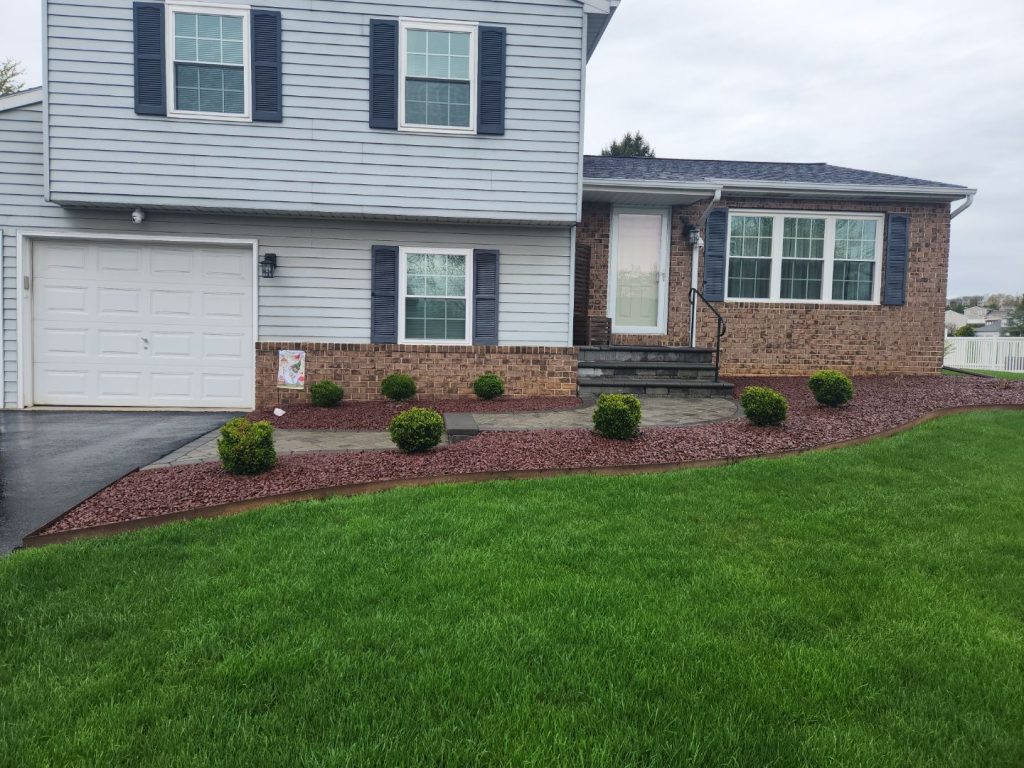
Corten Steel in Modern Design: A Continuing Legacy
Today, Corten steel continues to evolve in its applications, appearing in everything from small garden installations to towering architectural landmarks. Its timeless appeal and functional benefits make it a staple of both industrial design and creative landscapes. Whether used in massive commercial buildings or delicate garden beds, Corten steel is an example of how innovation can lead to lasting, beautiful results.
In landscape design, the rise of products like Corten steel garden bed edging reflects its enduring popularity. The material allows designers to create crisp, clean lines that contrast beautifully with the organic flow of nature. At the same time, its durability ensures that installations remain intact for years to come, adding both beauty and function to any space.
A Material That Stands the Test of Time
From its industrial roots to its modern-day applications, Corten steel has proven to be a material that transcends time. Its unique combination of strength, sustainability, and evolving beauty makes it a material of choice for architects, designers, and landscape professionals alike. As trends continue to shift toward environmentally conscious design and minimalist aesthetics, Corten steel’s legacy is sure to continue growing, leaving an indelible mark on the world of design.
